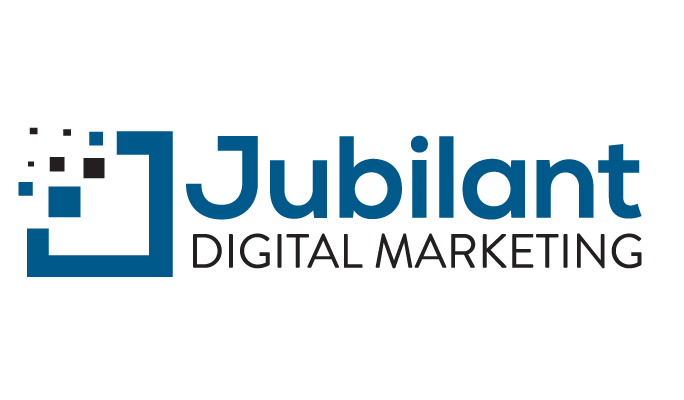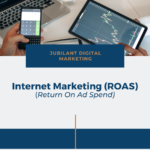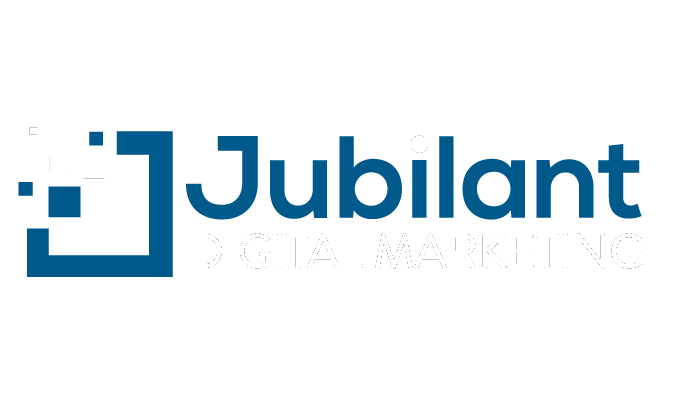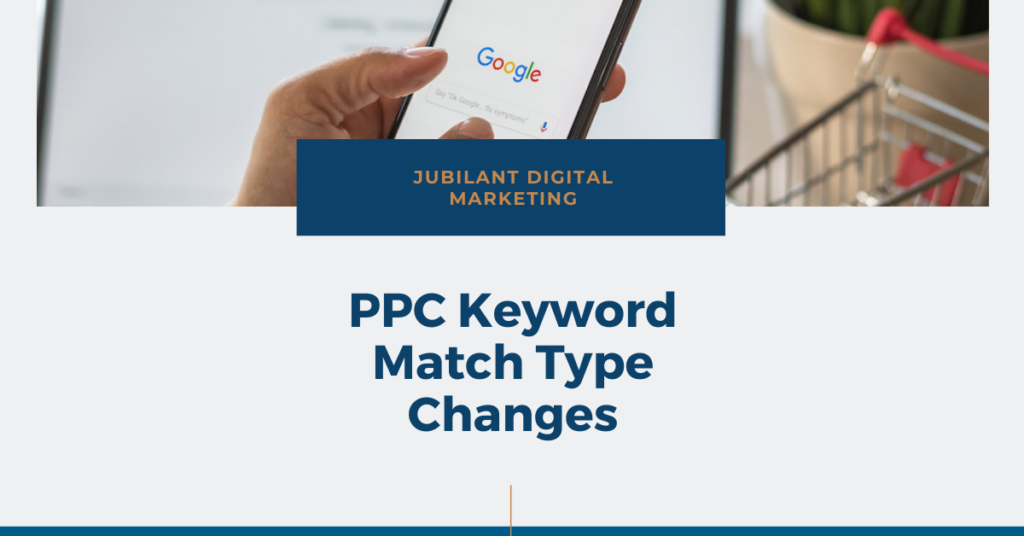
This past year has been a year of change for Paid Search advertising. With so many businesses shifting their focus to online retailing, the marketplace has become even more competitive than it was previously. However, the market is not the only thing that has changed this year. Google has made substantial changes to how its keywords work that will have a massive impact on your online advertising. Knowing what these changes are, and how to work with them, is the key to staying competitive and relevant in this ever-changing market. We will go through the changes made, the advantages & disadvantages they bring to Paid Search advertisers, and what you can do to ensure you are not negatively impacted by these policy changes.
Keyword Policy Changes
Most Paid Search advertisers are familiar with the concept of “match types” within Google Ads. These “match types” allow you to advertise the same keyword in different ways depending on how specific or generalized you want your results to be. Below is a brief summary of how the match types worked up until January of 2021:
Starting in February, Google announced that “Broad Match Modifier” would be done away with, and that “Broad Match Modifier” keywords would function the same way that “Phrase Match” keywords did. Many advertisers were aware of this and made the appropriate adjustments to shift away from Broad Match Modifier keywords and towards Phrase Match keywords. However, what they did not realize was that there was far more changing on Google’s end than simply the discontinuation of a certain match type. Instead, the entire way keywords work has been changed from the ground up.
Up until this year, Google’s primary method of matching keywords with search queries was to match the text present in the keyword to the text present in the search query. If you were advertising for “lawn mowing service” as a Phrase Match keyword, your keyword would show up for searches that contained the exact phrase “lawn mowing service” somewhere in the search query. Now, however, the Phrase Match “lawn mowing service” keyword will capture not only those searches, but also searches that do not necessarily contain the phrase “lawn mowing service” anywhere in their search query. This is because Google is now working to match the meaning of the search query to the meaning of your keyword, rather than just the text. The below chart gives a visualization of how this works:
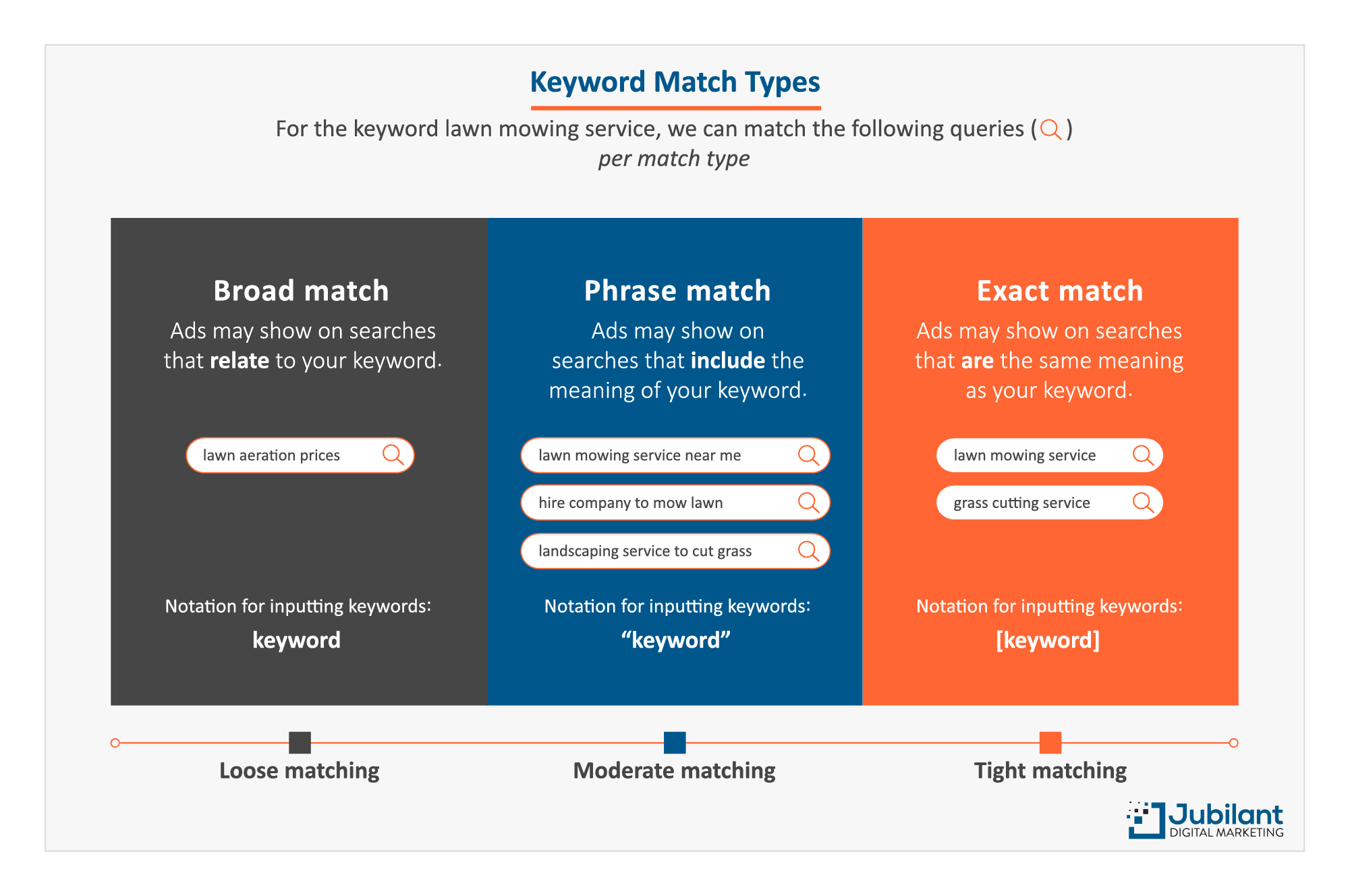
While before you could simply enter in a keyword and bid on that exact keyword, now there is a middleman in between you and your customers—the Google algorithm. Google’s systems will take your keywords, assign a “meaning” to each individual part of the keyword, and bid on search queries that it decides have the same “meaning” as part or all of your keyword. Match types no longer exist to determine which specific queries you bid on, but rather to dictate how closely the “meanings” of the keyword and search query must match for an ad to be shown. Broad Match keywords need only be tangentially “related” to the search query to show an ad, while Exact Match keywords must have the same “meaning” as the search query.
Advantages & Disadvantages
While this is a great deal of change to process, it does come with some advantages to Paid Search advertisers. The first and most obvious of these advantages is simply that you need fewer keywords overall to capture the same breadth of search traffic. Before, if you wanted to capture searches for the keyword “lawn mowing,” you had to bid on that keyword specifically. If you also wanted to capture searches for “grass cutting,” that was another keyword you were forced to bid on specifically, since searches for “grass cutting” would not necessarily be captured by your “lawn mowing” keyword.
Now, though, both searches would be captured simply by the keyword “lawn mowing.” Advertisers need no longer create huge lists of very similar keywords in order to capture every possible permutation of a search query. Instead, they can create a smaller set of high-quality, focused keywords which serve the business’s advertising goals and leverage Google’s algorithms to ensure that these ads show to searchers who are interested in what the business offers but may not have searched the precise string of keywords present in the keyword list. By shifting this focus away from the actual text of the keywords and towards the meaning of the keywords, Google has made it a bit easier for advertisers to expand the scope of the traffic they capture without needing to resort to overly broad match types or create massive lists of synonymous keywords.
However, this also presents a whole new set of challenges for Paid Search advertisers. For starters, the simple fact that Google is the one deciding the “meaning” of the keywords presents several issues. There is as of yet no comprehensive resource detailing exactly what terms Google considers to be “similar to” or “related to” other terms. This means that advertisers must spend much more time working to curate their search traffic and remove unwanted search queries brought in by the updated keywords. One of the other main disadvantages is handily demonstrated by the below diagram provided by Google:

Before, a Phrase Match keyword captured only a small subset of the possible search traffic, allowing advertisers to specifically target the search queries they wanted to serve ads to. Now, however, Phrase Match by default captures a much larger portion of the available search traffic, and there is virtually no way to filter this down to more specific traffic at the ad group level. This means that, as a whole, the search traffic brought in by each individual keyword will be less relevant and have much more “noise” than it did previously.
What This Means for You
Ultimately, with this Match Type update, a good deal of control has been taken away from the advertisers and placed into the hands of Google’s automated systems. These automated systems, not your keywords, will decide which search queries are “relevant” to your business and which you should bid on. While this could result in stronger performance, there is dramatically increased potential for these systems to target unwanted or low-value traffic if the proper precautions are not taken.
That is why we recommend an increased investment of time into your Paid Search advertising. Now that advertisers cannot directly target the search queries they want, it becomes more important to leverage the other systems Google offers to ensure good performance from our keyword lists. Since these updated keywords will attempt to capture search queries that do not necessarily match the keyword text, it is even more important now to have robust, up-to-date negative keyword lists to help weed out unwanted search traffic. To ensure you capture the most relevant search traffic possible, we advise taking advantage of Audience & Demographic targeting to identify your highest-value market segments and ensure your ad dollars are spent there. These and other best practices can help ensure your account maintains good health even as the advertising landscape changes.
Unfortunately, not everyone has the time to both run a business and keep up to date with the minutia of Paid Search advertising. If you fall into that category, we recommend investing into a Paid Search management service to help manage your campaigns and make the necessary optimizations to ensure strong future performance.
